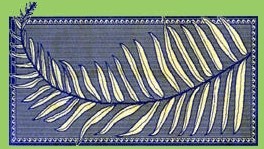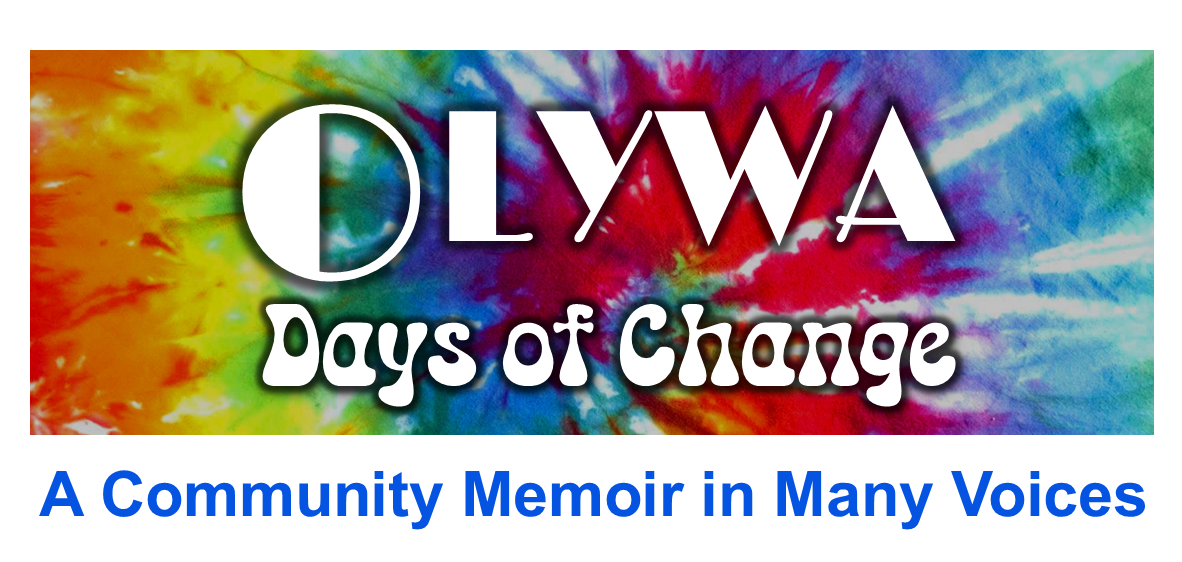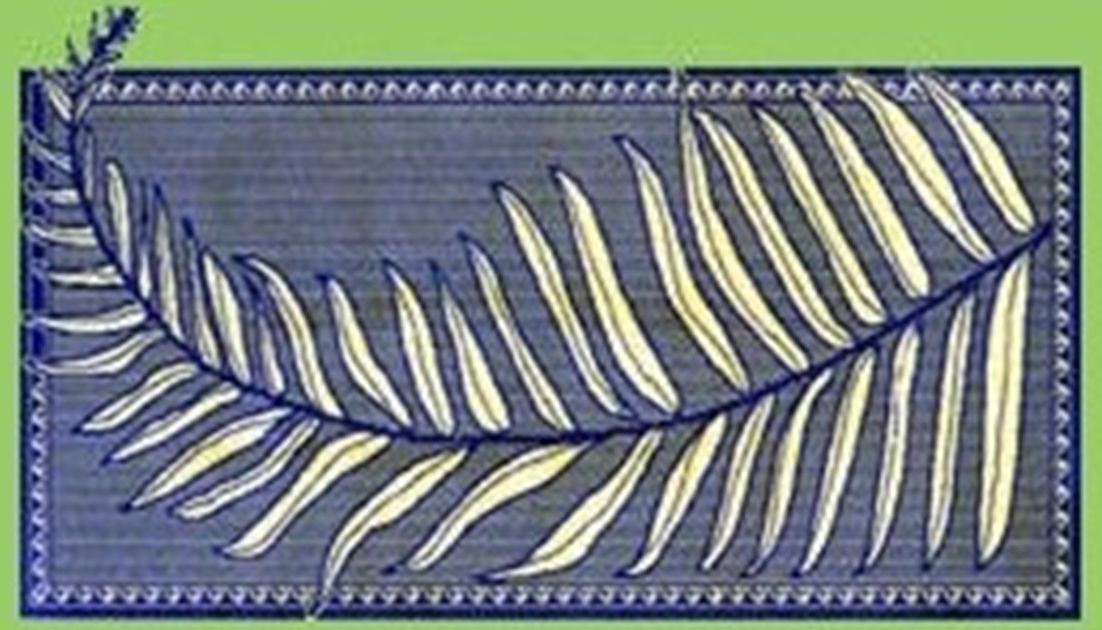ACTIVISM
Funding Social Change Work: the Community Sustaining Fund
By Anna Schlecht

In the 1980s, local activists found the need to go beyond bake sales to create a more reliable form of funding for the many social change projects underway in Olympia. And Paul Cienfuegos had ideas of how to do it.
Paul, then known as Paul Fink, recalled thinking, “At the time I was starting to understand how many small social change ideas were not being implemented in Olympia because of three big reasons: 1) there was only one person with a great idea but no funding; 2) this person wasn’t linked up with a nonprofit organization; or 3) this person couldn’t fund it themselves out of pocket.”
So, he wondered, “How can we raise money collectively and sustainably through our own progressive activist community? How could we develop a legal way to give $300 here and $1,000 there, to someone we knew and trusted to do good work? There were so many local people with an existing track record of doing good work in our community—how could we fund that good work?”
Paul knew this was a good idea that would gain traction, but not until he found a way to gain funding.
“I thought, if I could persuade a few local progressive businesses to consider adding a 1% surcharge, we could raise a LOT of money. The Food Co-op seemed to be the best place to start. If they signed on, it would be much easier to persuade other progressive businesses to help raise money this way,” said Paul. “As an active member of the Co-op, my first step was to read the Co-op’s bylaws and learn how to run a ballot initiative for its membership.” The next step was to get more folks involved, so he organized a meeting with other Co-op members to launch a ballot initiative.
“We sat in front of the Westside Co-op to gather signatures for a couple of weeks,” Paul said. “This was back when there was only one store. As we gathered signatures, we talked to other members about this idea and why it should go to a membership vote. We quickly got enough signatures to place it on a ballot for the membership. I can’t recall whether it was a close vote or a huge win, but it passed!”
With that first win, Paul and his other cooperators (as Co-op members sometimes call themselves) looked around for the next progressive business to help raise money.
“I approached Diane Wiatr who ran a progressive business called Thousand Cranes Futons downtown. She was one of the first businesses to show enthusiasm for collecting money at her shop. Rather than offering a voluntary surcharge, she decided to donate 1% of her annual net income at year’s end. I invited her to join the initial board. Diane and I met once a month with other local progressives. These meetings ran nearly all day, which was my idea of how to get serious work done unrushed. Our meetings were all held in her futon shop, so each of us got our own futon for the day! It was pretty darn cushy! Together, we met for about a year before we officially launched.”
Diane recalls the excitement of being part of the inaugural board with others. “I wasn’t certain there would be demand for such small amounts of funding for good community-building work,” she said, “but it turned out there were so many creative proposals we had to say no to some. It was truly edifying to be a part of the development of Olympia in this small but meaningful way. My participation in the Sustaining Fund felt critical to being a part of the ideal that was Olympia at the time.”
And so, it began. Several more stores joined in gathering funds to support this innovative approach to funding social justice work. As a deeper commitment to the ideals of creating a culture change in nonprofit funding, Paul and his early board did not want to force applicants to go through the usual wringer of charitable funding.
Soon, Evergreen faculty Russ Fox joined the board, bringing a pedagogy of community development to this nascent charitable fund. “I chaired the grants committee,” he told me. “I suggested the need for additional diversity in our group because we were all fairly homogeneous as younger activist white folks. I recruited Ray H. from the Senior Center and a high school student to be on the board. Unfortunately, we weren’t as successful in recruiting or sustaining representation from different ethnic communities.”
Russ remembered a few early grants. One was a tool exchange for a cooperative of 10 – 15 women in an apartment building in Lacey. “They were our first completely grassroots co-op without any formal organizational structure,” Russ said. “We later funded a needle exchange project for street-outreach activist Long Hair Dave (RIP), who asked for $200. Instead, we gave him $500 because the work seemed so critically needed.”
Paul recalls, “The idea was to set up our new organization, first named the Olympia Sustaining Fund, in a way that required the absolute minimum of bureaucracy. We had an all-volunteer board. There was no paid staff. The application was a simple one-sided sheet of paper that ANYONE could handle. No bureaucracy. We believed that the folks who sought funding were trusted people in our community. The goal was to get $300 to $500 out within a month, sometimes even sooner, to support great ideas. It all worked smoothly, right from the start.”
To elevate the presence of the Sustaining Fund, the early board asked a local artist to create a fern image as the logo, representing life and real sustainability. Nearly 40 years later, the logo has evolved and the mission has been refined a bit, but the work continues to provide small grants to individuals and groups that are engaged in fostering social justice, environmental education, and community activism through innovative and creative collaborations.
What also remains the same is that the fund, now called the Community Sustaining Fund, is a volunteer-run organization, committed to principles of consensus-based decision-making.
When asked about the staying power of this small but mighty community fund, Paul shared, “I’m thrilled! But then, it was a really good idea. It didn’t need that much work to keep the money flowing in, and the grants flowing out.”
We encourage readers to contact us with comments and corrections. Disclaimer

